3D modellers – these are the only laptops that you need
Speed up your workflow by investing in the best laptops for 3D modelling and rendering.

If you're a 3D modeller looking for a laptop, you need one thing above all else: a lot of raw processing power. Your laptop needs to be to able to handle complex rendering processes, maintain smooth workflows with resource-intensive software, and deliver reliability during lengthy project sessions, all at the same time.
And, just as with the best laptops for CAD and AutoCAD and the best laptops for game development, you'll also be seeking decent display quality, effective thermal management, and portability. I've considered all these factors in choosing my ultimate list for you.
Long story short: My top pick overall is the MacBook Pro 16 (M4 Pro, 2024), but it is pretty expensive at its higher configurations, so I've also include a number of other models that may met your budget better. Let's get into it...

Erlingur has personally tested and overseen the testing of more than 100 laptops, PCs and tablets over the last two and a half years. He has worked on extensive testing and benchmarking processes to ensure we are putting the laptops through tests that truly nail what creatives need to do their best graphic design work. His favourite laptop brand is ASUS because they push the envelope, and led the charge for OLED touchscreens on laptops.
My top 3 laptops
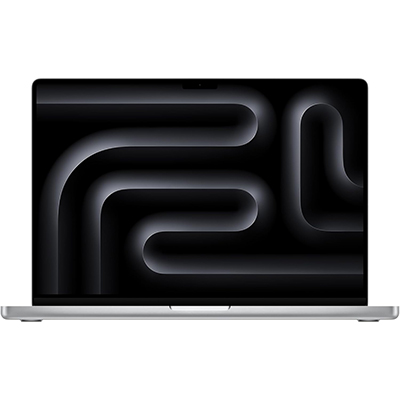
The latest MacBook Pro with the M4 Pro chip is so powerful, it could replace a dekstop workstation. It will make light work of your 3D modelling tasks, the battery life is impressive and the 16-inch screen is superb.
Read more below

If price is a concern, this is an excellent balance of power and affordability. The 2022 model was good enough in our tests, but there is a 2023 upgrade if you're happy to spend a bit more. Speedy and capable.
Read more below

Equipped with a robust NVIDIA 5070 GPU, this excelled in our benchmark testing. The OLED touchscreen provides vibrant colours and sharp resolution. And you also get the famous ASUS Dial.
Read more below
The best laptop for 3D modelling overall

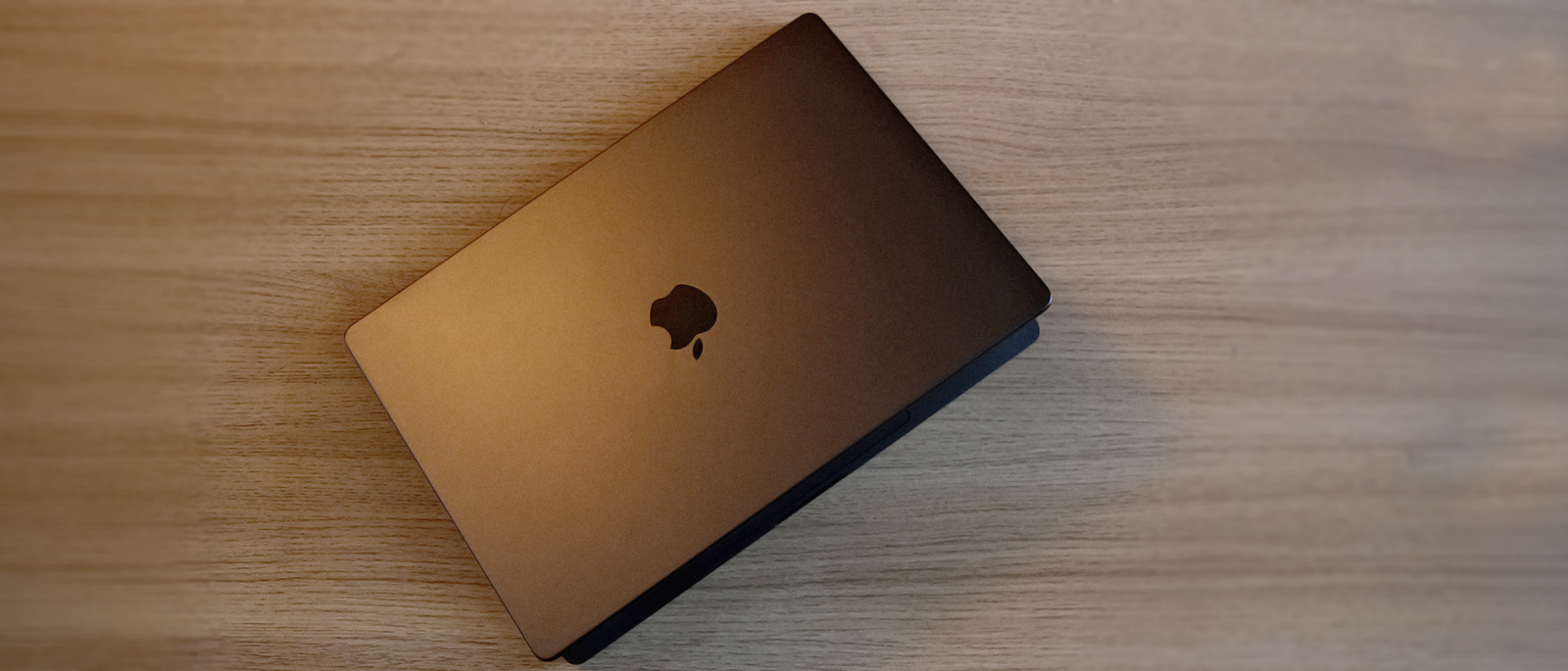


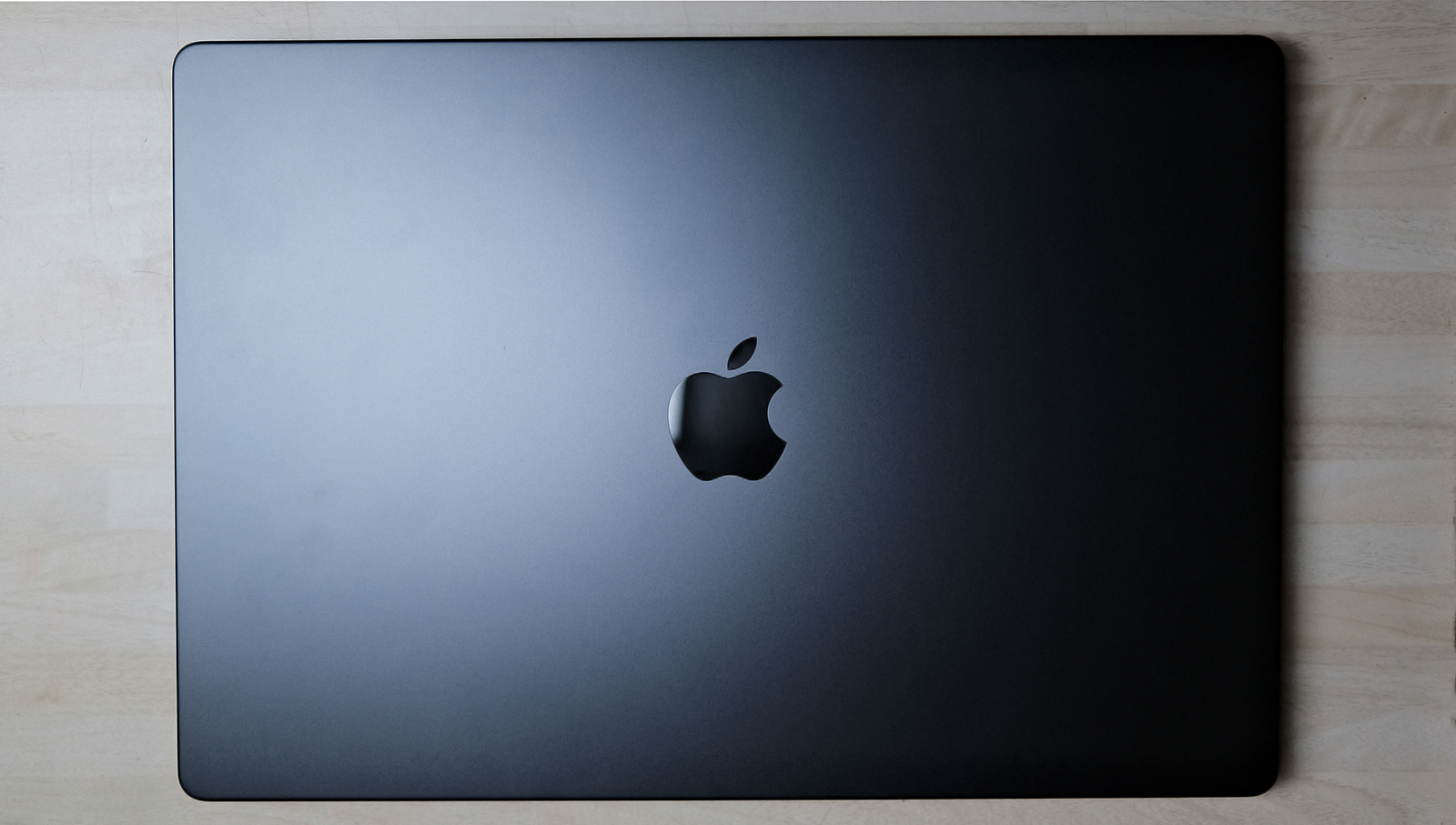

Specifications
Reasons to buy
Reasons to avoid
30-second review: The MacBook Pro 16 (M4 Pro, 2024) is a game-changing laptop for 3D artists. Combining raw power, portability, and Apple's signature build quality, it seamlessly handles intensive tasks like modelling, rendering, and effects work. With its M4 Pro chip, this MacBook delivers unmatched performance, allowing artists to work efficiently on the go. Its premium price reflects its capabilities, making it a worthy investment for professionals in the creative industry.
Price: Starting at $2,499 / £2,499, the M4 Pro model is an investment, and with higher configurations reaching $7,349 / £7,349 it's certainly not an impulse buy. But while the cost may seem steep, the performance, portability and reliability will justify the expense for professionals working in 3D.
Design: The MacBook Pro 16 retains Apple's iconic unibody design with a sturdy yet sleek form factor, and its lightweight yet durable design ensures it’s easy to carry for artists who frequently work on location. The Space Black finish is both professional and elegant. Its 16-inch Liquid Retina XDR display provides exceptional colour accuracy and brightness. And with a robust array of ports, including Thunderbolt 5 and an SDXC card slot, connectivity is versatile. It doesn't have everything though: if you're specifically looking for a touchscreen then you'll need to look instead at the ASUS ProArt P16 or the Microsoft Surface Laptop Studio 2.
Performance: In our expert tests, this MacBook Pro excelled in rendering, animation, and simulations. Paired with 48GB of unified memory and lightning-fast 2TB SSD storage, the system handles demanding multitasking and large projects effortlessly. Its benchmarks rival high-end desktop workstations, making it ideal for complex 3D workflows, while the fluid macOS interface enhances productivity, with seamless integration of tools like Blender and Cinema 4D.
Battery: The MacBook Pro's exceptional battery life sets it apart from other laptops today. Our reviewer found that in practice it could sustain a full day of work, including rendering and design tasks, without requiring frequent recharges. This reliability makes it invaluable for artists who need mobility and consistency during client meetings or remote work sessions.
To learn more, read our MacBook Pro 16 (M4 Pro, 2024) review.

"The 2024 MacBook Pro M4 Pro 16" is a powerful laptop for any use case. The portability and excellent battery life makes it suitable for working on the move."
Best budget laptop for 3D modelling







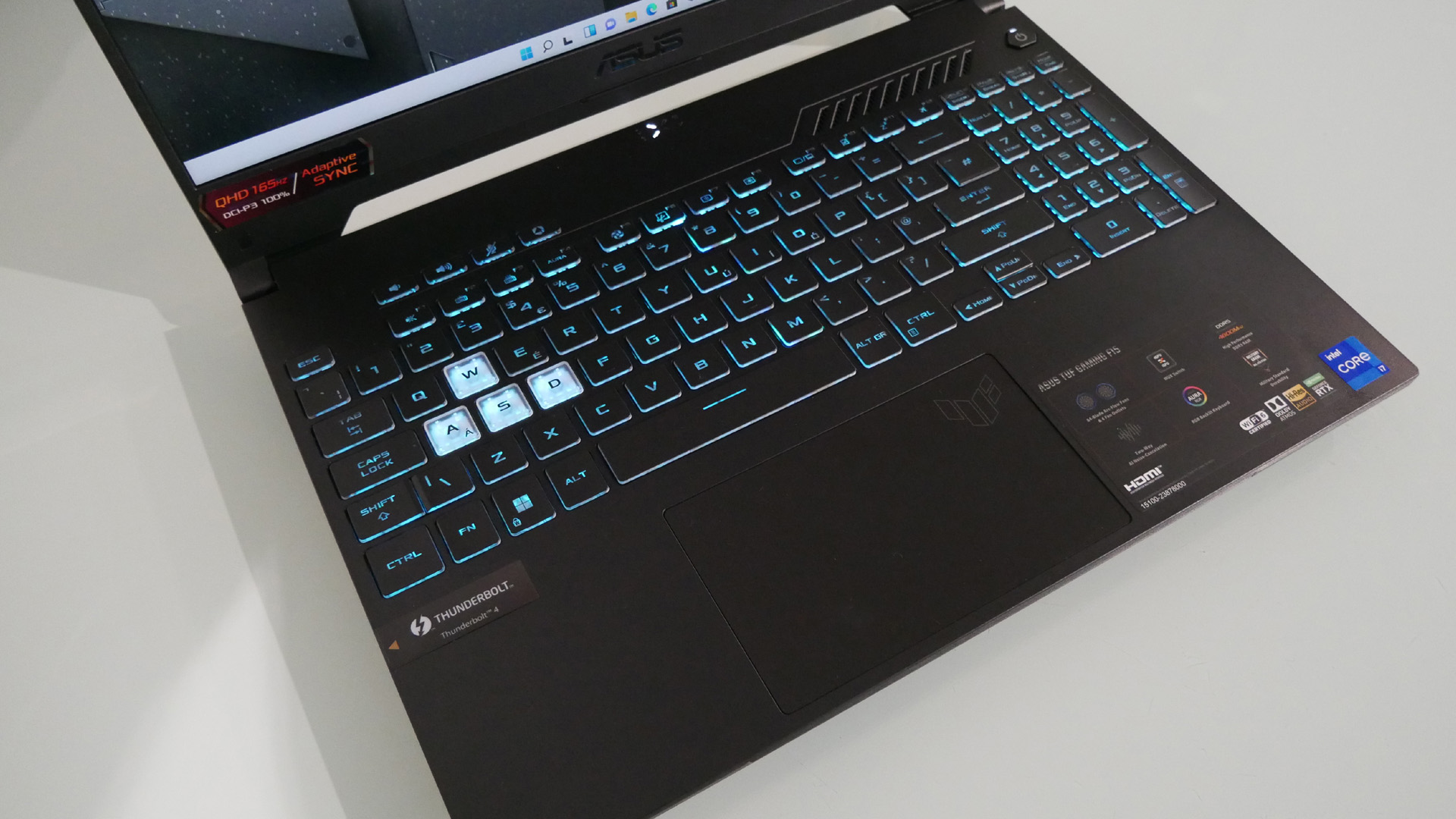

02. ASUS TUF Gaming F15
Our expert review:
Specifications
Reasons to buy
Reasons to avoid
30-second review: The 2023 ASUS TUF Gaming F15 packs the latest 13th Gen Intel CPUs and NVIDIA RTX 40 Series GPUs into a durable chassis. It's designed to handle demanding 3D applications while remaining affordable for budget-conscious creators. We were impressed when we reviewed the 2022 edition, and there's a newer model on offer (2023), which our research shows comes in at 20% more powerful in CPU-based tasks, but you can save more money by going for the previous model.
Price: The ASUS TUF Gaming F15 (2023) offers an excellent balance of price and performance. While it's pricier than its predecessor, it still undercuts many competitors in its class, making it an attractive option for 3D artists on a budget.
Design: The redesigned chassis comes in Mecha or Jaeger variants, maintaining the TUF series' reputation for durability. The 15.6-inch FHD display offers a 144Hz refresh rate, which is suitable for both 3D work and casual gaming. However, our review of the previous model noted that the screen quality was fairly poor, which might still be a concern for colour-critical work. The large bottom bezel also impacts the overall form factor, making it less sleek than some competitors. Audio, too, is below par. Ultimately, though, you're getting what you pay for: by comparison, the MacBook Pro 16 (M4 Pro, 2024), for example, has a fantastic display and speakers, but it will cost you a lot more.
Performance: Equipped with an Intel Core i9-13900H and NVIDIA RTX 4070, this laptop promises strong performance for 3D modelling and rendering tasks. Based on our testing of the 2022 model, the 2023 version will handle demanding applications with ease, as it offers about 20% more power in CPU-based tasks. The DDR5 RAM and fast SSD storage further contribute to smooth multitasking and quick file access.
Battery: While we don't have specific data for the 2023 model, the previous version offered decent battery life for its class. Given the power-efficient components, we expect similar or slightly improved battery performance in the new model.
See our full ASUS TUF Gaming F15 review of the 2022 version.
Best laptop for 3D modelling with a touchscreen







Specifications
Reasons to buy
Reasons to avoid
30-second review: The ASUS ProArt P16 boasts a 16-inch OLED touchscreen and some powerful internals. It also features the ProArt Creator Hub with AI-powered tools like StoryCube and MuseTree for enhanced workflow and media organisation. And all that makes it a fantastic choice for 3D modelling.
Price: For less than $3,000 / £3,000 this is a competitive price for a studio laptop that will last a demanding professional for years. We found that its benchmark scores in many cases rival (and sometimes outdo) the MacBook Pro M3 Max/M4.
Design: This laptop’s design is considered somewhat plain and utilitarian, lacking the flair of other premium laptops. We have had a downgrade on screen specs, from 4K to 3K, but the refresh rate has doubled from 60hz to 120hz, which will please those working with motion. Our display tests came out impressively, with the 500 nits claim turning out to be bang on, and the accuracy spot on too – with no weak points in the sreen. Note, though, that while it has a touchscreen, this isn't a hybrid laptop like the Microsoft Surface Laptop Studio 2.
Performance: Equipped with a robust AMD Ryzen CPU and NVIDIA RTX GPU, this laptop excelled in our benchmark testing, often outperforming similarly priced competitors like the MacBook Pro M3 Max/M4. Our testing in Premiere Pro showed the processor ate up the tasks smoothly, and our reviewer found that there was an incredible 25-28% improvement in graphics performance with the 2025 model vs last year's.
Battery: The battery life appears to be the compromise here, with our tests showing it only lasts six hours compared to last year's 10. But it is power-hungry so this is often the trade off.
Learn more in our full ASUS ProArt P16 2025 review.

"The gorgeous OLED touchscreen complements fearsome internals, which include a 50-series graphics card, an AMD-made NPU and up to 64GB of high-bandwidth RAM."
Best laptop for 3D modelling with a big screen






Specifications
Reasons to buy
Reasons to avoid
30-second review: The Dell Precision 7780 is a great choice if you like a large screen. It comes with a generously sized 17.3-inch FHD+ display, while a 13th Gen Intel Core i7-13850HX processor and NVIDIA RTX 3500 Ada GPU provide ample resources for demanding 3D modelling tasks.
Price: Starting at $3,499 / £3,118.82 for the base configuration, the Dell Precision 7780 is a significant investment. However, its powerful specs and large display justify the price for professionals who require high performance and screen real estate for their 3D modelling work.
Design: This laptop boasts a robust build with a metallic exterior and soft-touch interior. Its 17.3-inch display offers a spacious workspace, although it lacks 4K. The 180-degree hinge allows for flexible viewing angles. However, the off-centre trackpad placement may be a drawback for some users. At 3.05 kg, it's designed more as a desktop replacement than a portable workstation (as a comparison, the ASUS ProArt 16 only weighs 1.85kg).
Performance: Equipped with an Intel Core i7-13850HX and NVIDIA RTX 3500 Ada GPU, the Dell Precision 7780 delivers exceptional performance. Our benchmarks showed it outperforming some Intel i9-equipped competitors in certain tasks. It excels in CPU-intensive operations and handles GPU tasks with ease, making it suitable for complex 3D modelling, rendering, and video editing.
Battery: The 93 Wh battery provides around three hours of creative work, which is relatively limited. This means the laptop is best suited for use near a power source, reinforcing its role as a stationary workstation rather than a mobile solution.
Learn more by reading our Dell Precision 7780 review.

"The 17.3-inch display is really the star of the show. It is huge and pretty much the largest screen you can get on any laptop. Creatives who don't have a dedicated monitor or want a laptop that can act as a secondary monitor will be more than pleased by the size."
Best gaming laptop for 3D modelling
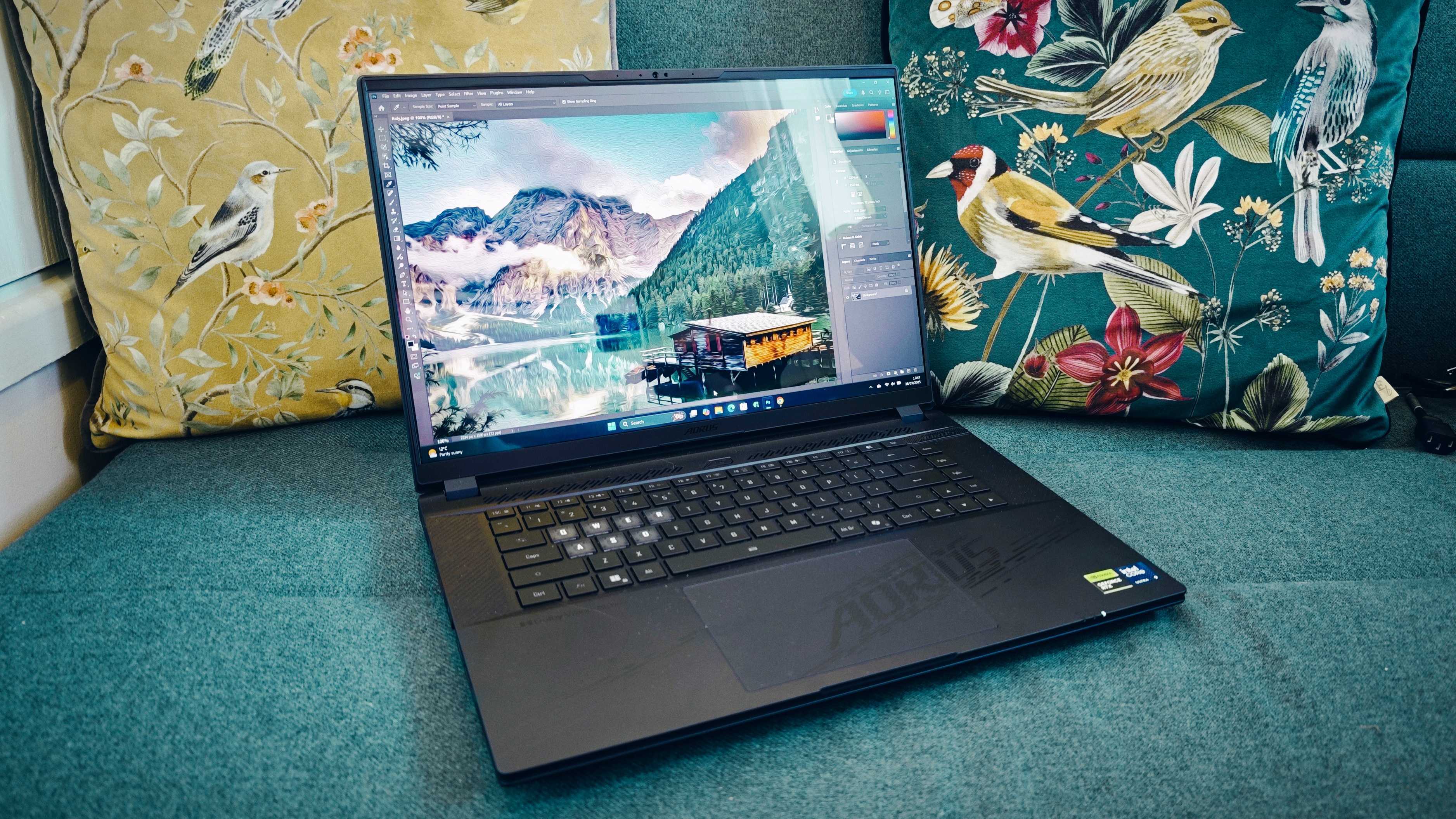

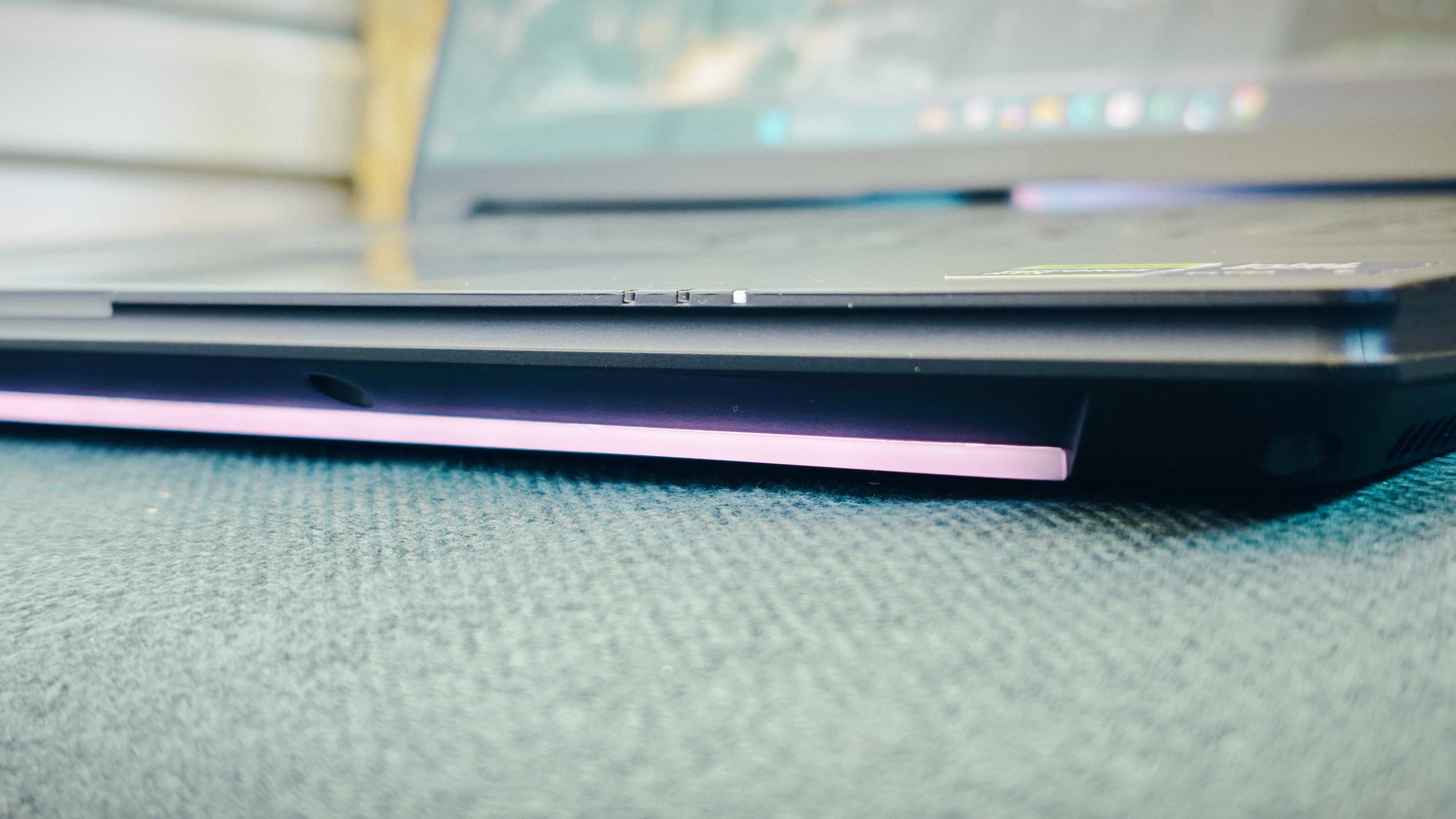


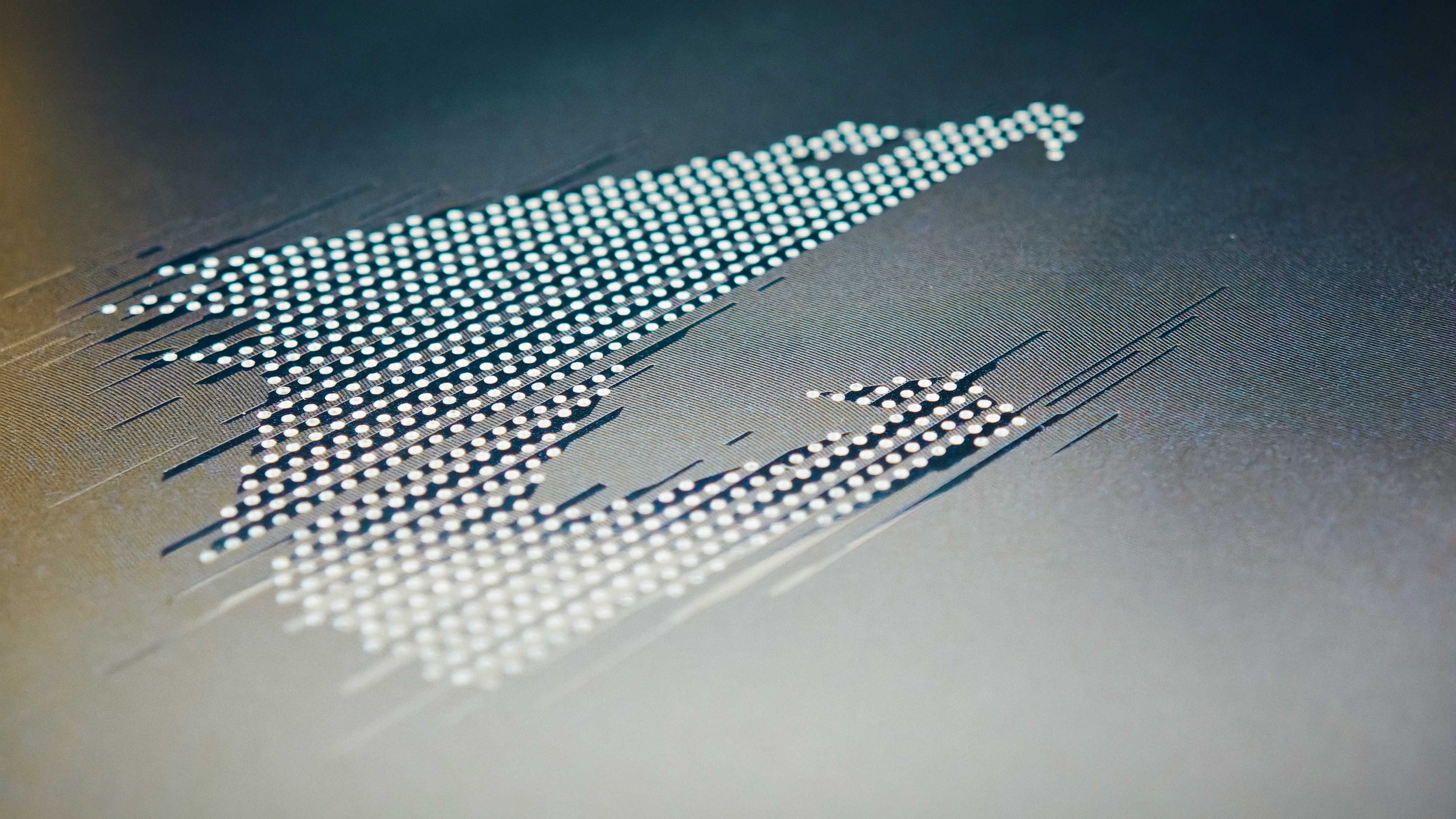

Specifications
Reasons to buy
Reasons to avoid
30-second review: As you'd imagine, there's a fair amount of crossover between gaming laptops and 3D modelling laptops, and a dedicated gaming machine is an excellent tool to use if you don't mind the expense and a likely few tasteless RGB lights. The Gigabyte Aorus Master 16 is a hulking colossus of a laptop, and under the hood it sports the latest 50-series graphics card from NVIDIA, giving it serious graphical heft.
Price: The 32GB version starts at around $3,099.99 in the US and £2,799 in the UK (oh, don't worry, it can go higher), so the Gigabyte Aorus Master 16 is not what you'd call a casual investment. You do get a lot for your money though.
Design: As long as you don't object to a laptop that weighs the same as two MacBook Airs, the design of the Gigabyte Aorus Master 16 ticks pretty much every box for 3D modellers. It's got a lovely, big, high-resolution display with a roomy 16:10 aspect ratio, and a generous selection of ports, including Thunderbolt 5 (hooray!). There is quite a bit of RGB lighting, but thankfully you can switch it off, and I also appreciated the tactile and well-spaced keyboard.
Performance: The Aorus Master 16 unsurprisingly made mincemeat of our Cinebench and Geekbench tests, and we also saw great AI performance from the NVIDIA GeForce card. You'll have no problems running your 3D software on this thing. It's perhaps true that the Nvidia 50-series' performance improvements tend towards 'good' rather than 'incredible', but there's no doubt that this is one of the most capable laptops you can buy at the moment.
Battery: Battery life is impressive, thanks in part to the Intel NPU and the intuitive GiMate software, which are able to dynamically switch between power modes in accordance with what you have running currently.
For full details, see our Gigabyte Aorus Master 16 review.

"The Gigabyte Aorus Master 16 is a powerful gaming laptop with all the latest kit on-board, including a 50-series graphics card from NVIDIA, so any serious creative pro will find plenty to like here."
Best premium laptop for 3D modelling






Specifications
Reasons to buy
Reasons to avoid
30-second review: The MSI Titan 18 HX represents the pinnacle of mobile workstation power. While marketed as a gaming laptop, its incredible specs, including up to 192GB of RAM, Intel Core i9 14900HX processor and RTX 4090 GPU, make it a formidable choice for 3D modelling. The 18-inch Mini LED display with 4K resolution (3840 x 2400) and 120Hz refresh rate provide exceptional visual quality for detailed work.
Price: Starting at $4,999.99 / £4,379.98, this is one of the most expensive laptops available, and you'll have to have a specific need that this model meets to justify the price.
Design: At 3.6kg, the Titan 18 HX is built like a tank, with a magnesium alloy chassis that exudes premium quality. The Cherry MX mechanical keyboard offers excellent tactile feedback, and the full numpad is particularly useful for 3D work. Port selection is comprehensive, featuring multiple USB-C and USB-A ports, HDMI, and an SD Express Card reader. The design includes extensive ventilation to handle the powerful components inside.
Performance: The benchmark results are extraordinary. In Geekbench 6, it achieved 16,392 for multi-core and 2,899 for single-core scores. Its RTX 4090 GPU scored an impressive 184,184 in OpenCL tests. In Blender benchmarks, it achieved 187 samples per minute on the Monster scene, 128 on Junkshop, and 87 on Classroom; exceptional results for a laptop. The machine excels at video encoding too, completing our standard 4K to 1080p test in just 2 minutes 47 seconds.
Battery: While equipped with a substantial 99.9WHr battery, this is very much a desktop replacement machine that needs to stay plugged in for serious workloads. Battery life is limited when pushing the hardware to its limits. If that's a deal-breaker for you, the MacBook Pro 16 (M4 Pro, 2024) will keep you going much longer when you're away from a pocket socket.
Read more in our full MSI Titan 18 HX review.

"For a penny under £5K, you get an Intel 14th Gen Core i9 HX processor, a Nvidia GeForce RTX 4090 GPU, and 192GB of memory. My jaw has dropped while writing that sentence."
Best AI laptop for 3D modelling





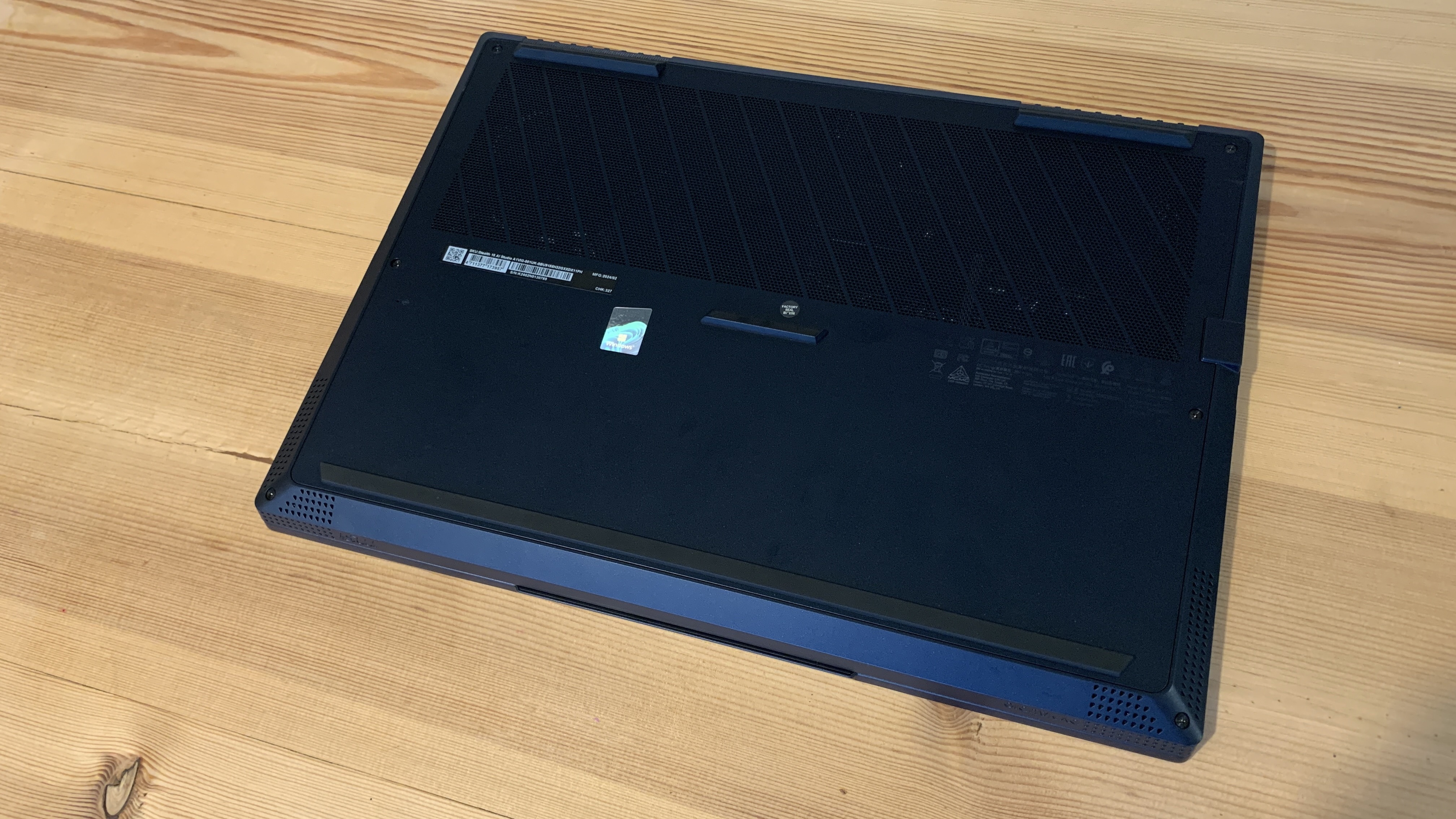

Specifications
Reasons to buy
Reasons to avoid
30-second review: The MSI Stealth 16 AI Studio A1V strikes an impressive balance between power and portability. Featuring an Intel Core Ultra 9 185H processor, RTX 4090 laptop GPU, and 32GB of DDR5 RAM, it's designed to handle demanding 3D workflows while remaining surprisingly mobile. The inclusion of NPU technology makes it future-ready for AI-accelerated workflows.
Price: At $4,099.99/£3,684.97, it's a premium investment, though less expensive than some competitors while offering similar performance.
Design: At just 1.99kg and 19.95mm thick, this is one of the more portable high-performance laptops available. The magnesium and aluminum alloy chassis keeps weight down, though it shows some flex that might concern mobile users. The 16-inch 4K (3840x2400) display with 120Hz refresh rate provides excellent visual clarity for detailed work. Port selection is generous, including four USB-C ports, USB-A, HDMI, and a microSD card reader.
Performance: The benchmark results show strong capabilities for 3D work. In Blender benchmarks, it achieved 86 samples per minute on Monster, 59 on Junkshop, and 41 on Classroom. Geekbench 6 scores were impressive at 11,504 for multi-core and 2,447 for single-core, while the RTX 4090 scored 160,998 in OpenCL tests. Cinebench 2024 results showed scores of 108 for single-core, 684 for multi-core, and 17,255 for GPU tests.
Battery: This laptop required frequent charging during intensive workloads; typical for laptops in this performance class. Again, if strong battery life is important to you, we'd recommend the MacBook Pro 16 (M4 Pro, 2024) instead.
For more details, head over to our MSI Stealth 16 AI Studio A1V review.

"The MSI Stealth 16 AI Studio A1V is unashamedly a laptop designed for the person who needs a high-performing laptop during the day and a super nippy and responsive gaming machine at night."
Best 2-in-1 laptop for 3D modelling




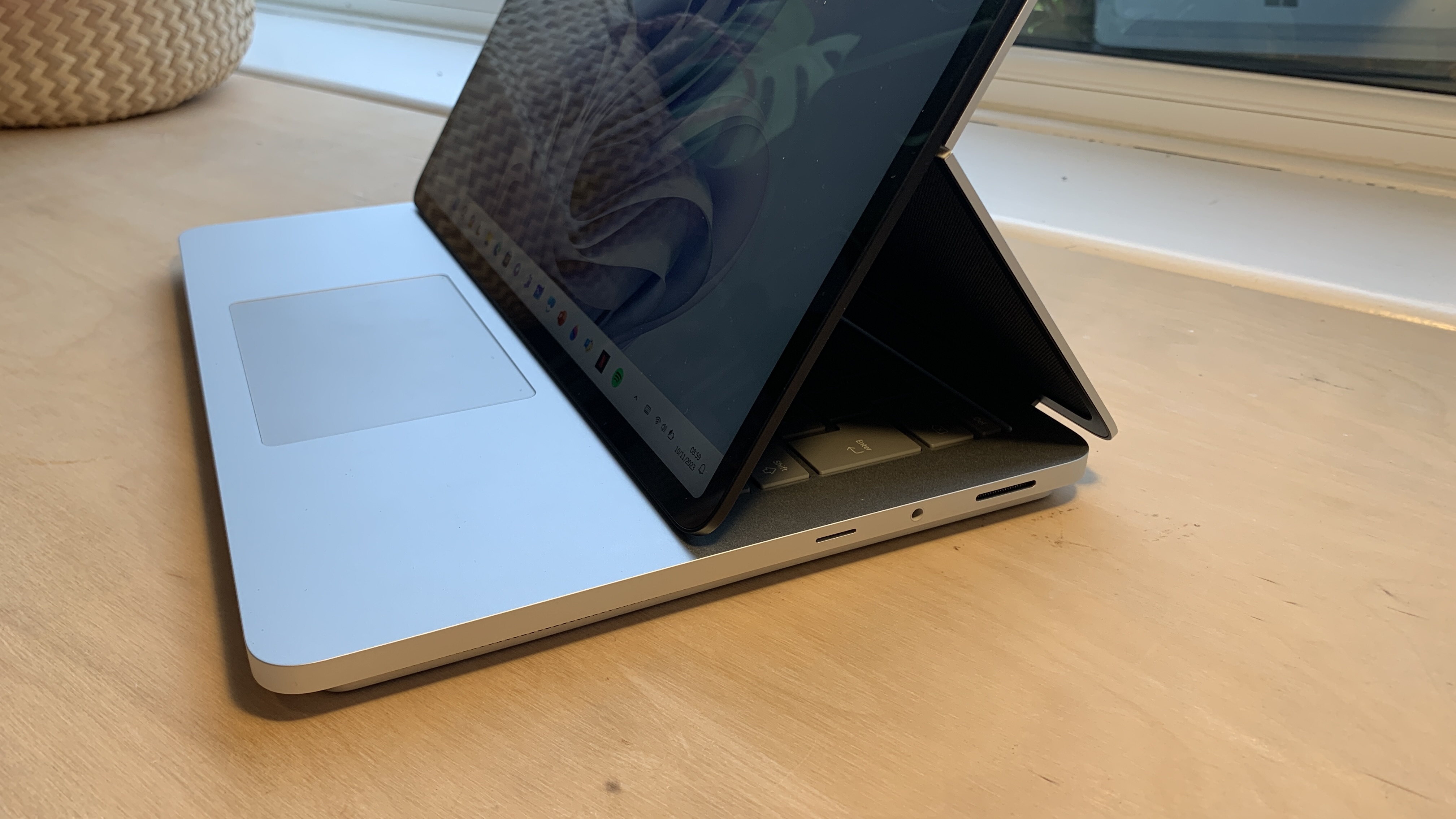




Specifications
Reasons to buy
Reasons to avoid
30-second review The Surface Laptop Studio 2 is Microsoft's premium 2-in-1 device, featuring a unique design that transforms between laptop, stage and studio modes. That may make it attractive to 3D artists on the go, but bear in mind it's not quite as powerful as the other laptops on our list, so there's a compromise to be made there. If you specifically want a touchscreen but don't need 2-in-1 functionality, we'd recommend the ASUS ProArt 16 instead.
Price: Starting at $1,999/£2,069, with high-end configurations reaching nearly $3,000/£2,949, it represents a significant investment. The tested business model with NVIDIA RTX 2000 Ada Generation GPU, 32GB RAM, and 1TB SSD sits at the higher end of this range.
Design: The Surface Laptop Studio 2 features a beautifully engineered aluminum chassis with smooth chamfered corners and a distinctive split-hinge design. The 14.4-inch touchscreen display offers a sharp 2400x1600 resolution with a productivity-friendly 3:2 aspect ratio and 120Hz refresh rate. At 201 PPI, it's excellent for detailed work. The device is somewhat heavy for its size, though, and the base is notably boxy compared to competitors.
Performance: The benchmark results reveal moderate capabilities for 3D work. Geekbench scores of 1,296 (single-core) and 6,008 (multi-core) indicate decent performance for lighter 3D tasks, but may struggle with complex scenes. Cinebench results of 893 (single-core) and 5,284 (multi-core) suggest similar limitations. The inclusion of NVIDIA RTX graphics (varying by configuration) provides necessary GPU acceleration, but overall performance lags behind similarly priced competitors like the M3 MacBook Pro.
Battery: Despite Microsoft's claim of 16 hours, real-world testing showed concerning results, with 75% battery drain in just five hours under moderate use. 3D artists should expect even shorter durations when running demanding applications.
Take a look at our Microsoft Surface Laptop Studio 2 review for more details.

"The laptop’s 2-in-1 feature sets it apart from most of its competition and the implementation is impressive. I was pleasantly surprised to find a robust screen that stood the wear and tear despite its minimal thickness."
Also tested
The above may be our top picks for 3D modelling, but there are plenty of other decent models to consider. Below you'll find some other laptops we've tested that also stand up well to 3D modelling, which may be better suited to your particular needs and budget.
ASUS ProArt Studiobook 16 OLED
When we tested this laptop we were blown away by its power and performance, and its glorious, glasses-free 3D screen. It's perfect for 3D modelling and rendering because it can handle demanding creative software easily, meaning no lag and speedy rendering times.
Read our 4.5-star review.
Razer Blade 17 Our tests show that this 2022 17-inch laptop gobbles up 3D tasks. We ran Blender alongside browsing tabs and Netflix, and found it was totally silent and no annoying lag. Plus the Blender benchmark came out close to a full desktop computer's capabilities.
Read our 4.5-star review.
Dell Precision 5470 An unassuming machine packed with power, this is truly portable option that rivals a workstation in its power. Our benchmarks tests shows it will handle most 3D tasks without issue – the specs we tested put it close to an MacBook Pro M2 Pro.
Read our 4.5-star review
MSI Creator Z17 HX Studio This is an expensive laptop, but it's no slouch in the performance department – and its 16:10 display supports a stylus so you can create directly on the screen. In our testing, we found we could multitask whilst running creative apps with no issue, although battery life isn't great.
Read our 4-star review
How we test laptops for 3D modelling
✅ We are solely focused on what creatives need
✅ Benchmark tests based on real workflows
✅ We consult actual designers and creative pros
✅ Over 100 laptops tested over 10,000 hours in the last two years
Creative Bloq's team of hardware experts bring with them many years of experience using, testing and benchmarking laptops with a focus on running creative applications. All the laptops in this guide have been tested by either using 3D-modelling software and rendering packages or benchmarked to make sure the CPU and GPU are capable of running 3D-modelling software without problems, as well as using other creative tools you'll use such as Adobe Creative Cloud applications and more. We run different benchmark tests on each laptop depending on its intended use by its maker, but the benchmarks we've run all the laptops in this guide through include the following:
• Cinebench R23/2024 - this assesses the performance of a computer's CPU and GPU using real-world 3D rendering tasks
• Handbrake - we use this free and open-source transcoder for digital video files to render a short 4K animated film, using the same file for all our tests
• Geekbench 5/6 - this tests the CPU's processing power, both by using a single core for a single task at a time as well as all the CPU's core to see its ability to multitask
• 3DMark - this assesses a laptop's ability to run 3D graphic rendering tasks
But perhaps more importantly than benchmarking, we evaluate machines in real-world scenarios, pushing them to the limit with multiple applications running to see how they perform in project-like conditions. Power, speed, flexibility, and what a laptop looks and feels like to use are all criteria in our reviewing process. We do much more than simply unpack a test unit, run some benchmarks and then pack it up again; we have lived and worked with all of the above laptops, running them in real-life scenarios and done projects relevant to this guide, otherwise we wouldn't recommend these models to you.
How to choose laptops for 3D modelling
In short, you're looking for as much power as possible when it comes to the best laptops for 3D modelling. You want the laptop to have a higher RAM and powerful CPU to make sure it can handle more intense 3D modelling applications like Blender and Maya. You also need to consider if you prefer working with Windows or macOS when purchasing. All of the above picks will be able to handle your 3D software of choice.
Windows laptops have also become a lot stronger in this arena lately, thanks to NVIDIA introducing RTX Studio, a platform designed to showcase laptops that meet the right criteria for serious creative work, meaning that they deliver great performance for anyone working with 3D, animation, graphic design, video and photo editing software. For a laptop to meet the RTX Studio performance bar, it needs to have, at the bare minimum, an Intel Core i7 CPU, 16GB RAM, and 512GB SSD, plus GeForce RTX 2060, Quadro RTX 3000 or Titan RTX GPU, with a display resolution of at least 1080P. Look for that RTX Studio badge to ensure a laptop's going to be up 3D work; and of course, another option is to look for gaming laptops, as the demands of running AAA video games can be on a par with those of 3D content creation.
The latest graphics cards to look out for are the NVIDIA GeForce RTX 40-series (especially 4070 and 4090), but a 30-series graphics card could offer a more palatable balance between value and performance if you're working on a narrower budget.
If you prefer to create on Apple hardware, things are a little simpler, as the MacBook Pro line packs plenty of power itself. At the moment, the MacBook Pro 16 (M4 Pro, 2024) is our top pick.
FAQ
What specs does a laptop for 3D modelling need?
When choose a laptop for 3D modelling, there are key hardware specs to look at. Firstly, you'll probably want a dedicated, powerful GPU, such as those in NVIDIA's RTX series or AMD's Radeon series (that said, the integrated graphics Apple's new M1-M4 chips do a decent job too). Complementing this, a multi-core CPU like an Intel i7/i9 or AMD Ryzen 7/9 ensures efficient rendering and multitasking.
As we've highlighted above, you'll want a minimum of 16GB RAM for a smooth working experience and solid multitasking performance, but it's well worth considering upgrading to 32 or 64GB. An SSD with 512GB or 1TB capacity provides fast loading times, and a high-resolution display with good colour accuracy is vital for detailed work.
Beyond hardware, consider the laptop's cooling system, portability, and software compatibility. A robust cooling system prevents overheating, while portability is crucial if you travel frequently. Ensure your preferred 3D modelling software is compatible with the laptop's operating system and hardware and also consider getting one of the best 3D scanners.
Are gaming laptops a good choice for 3D modelling?
Gaming laptops are often suitable for 3D modelling due to their powerful GPUs and CPUs. However, potential drawbacks include significant heat generation during prolonged sessions, shorter battery life, and sometimes, bulky designs. In many cases, though, the power they provide is often a worthwhile trade-off.
What ports should a 3D modelling laptop have?
For 3D modelling, a laptop should ideally offer a range of ports to accommodate various peripherals and displays. Multiple USB-A ports are useful for connecting common devices like mice, keyboards, and external drives. USB-C ports, especially those with Thunderbolt capabilities, are becoming increasingly vital due to their high-speed data transfer, power delivery, and ability to connect to external displays and docking stations, with Thunderbolt being especially useful for high-resolution monitors or eGPUs. An HDMI or DisplayPort output is crucial for connecting to external monitors, which are often essential for expanding workspace in 3D modelling. If your workflow involves camera assets, an SD card reader is highly advantageous. Finally, a standard audio jack remains handy for headphones or external speakers.
Daily design news, reviews, how-tos and more, as picked by the editors.

Erlingur is the Tech Reviews Editor on Creative Bloq. Having worked on magazines devoted to Photoshop, films, history, and science for over 15 years, as well as working on Digital Camera World and Top Ten Reviews in more recent times, Erlingur has developed a passion for finding tech that helps people do their job, whatever it may be. He loves putting things to the test and seeing if they're all hyped up to be, to make sure people are getting what they're promised. Still can't get his wifi-only printer to connect to his computer.




